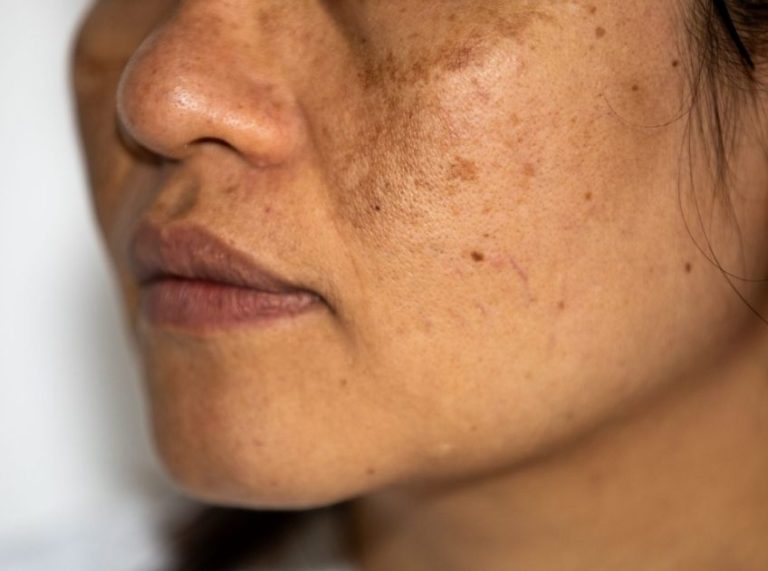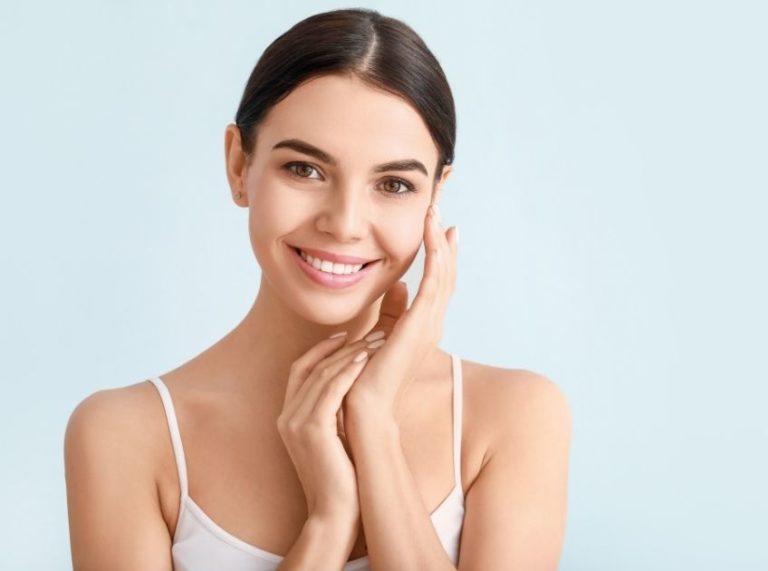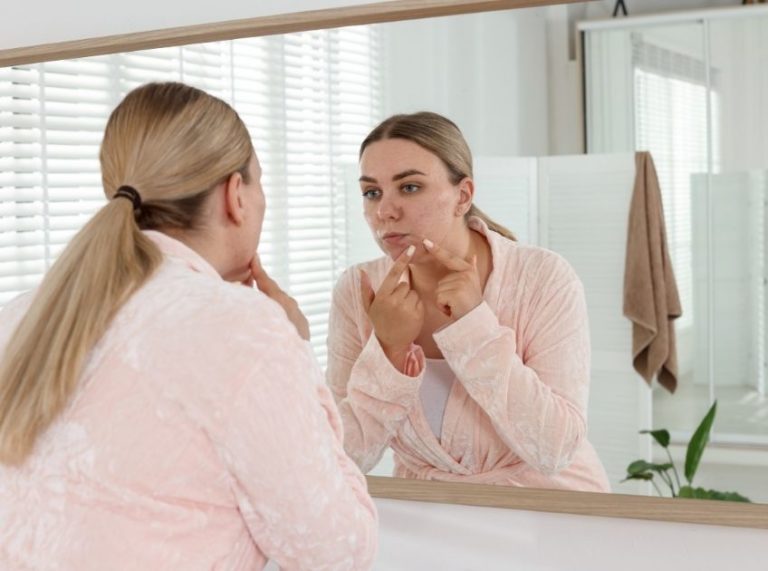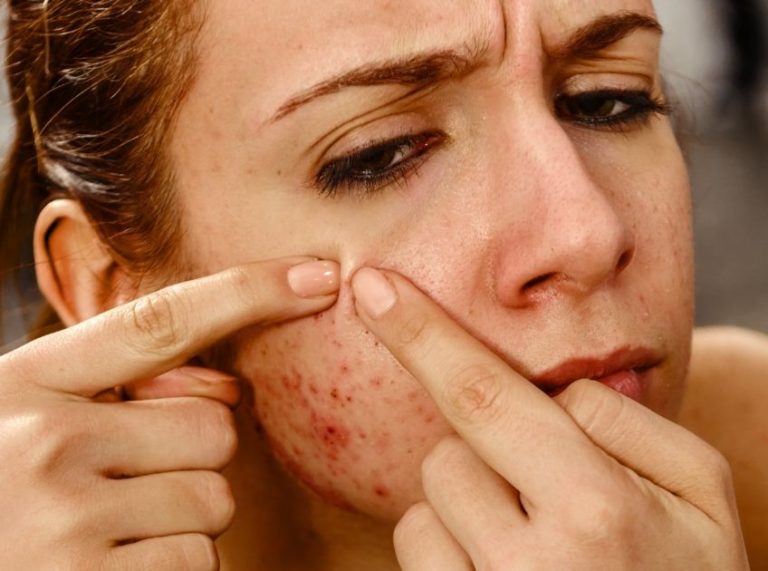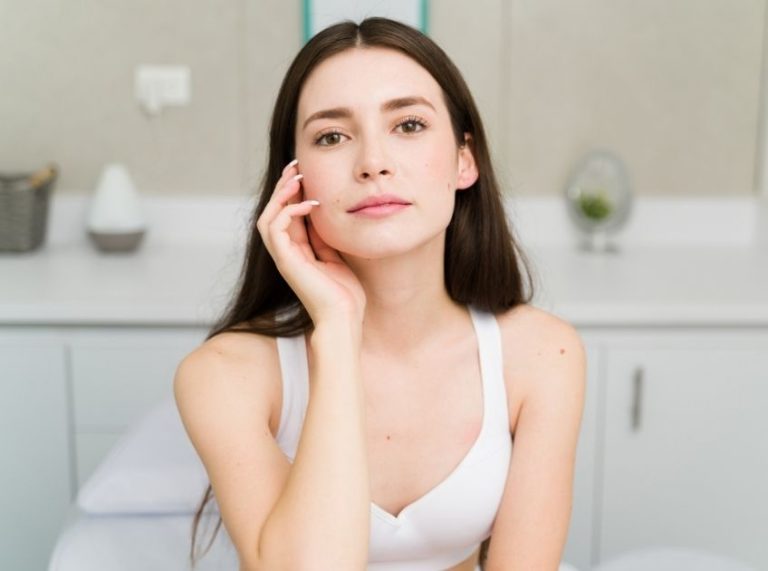
Important: This article is for informational purposes only. Please read our full disclaimer for more details.
Struggling to find the right foundation shade that doesn’t make you look ashy, orange, or just “off”? The secret lies in understanding your skin’s undertones, not just your surface skin tone. This guide will help you confidently decode whether you’re warm, cool, neutral, or olive-toned with proven tests and visual tips.
What Are Skin Undertones (and Why Do They Matter)?
Undertones are the subtle hues beneath the skin’s surface that influence how foundation, blush, and even hair color look on you. Unlike skin tone, which refers to how light or dark your skin is, undertones don’t change with sun exposure or season.
There are four main undertone types:
- Warm: Yellow, golden, or peachy base
- Cool: Pink, red, or bluish base
- Neutral: Balanced mix of warm and cool
- Olive: A green-gray tone that often overlaps with neutral or warm tones
Common Myths You Should Ignore
Before diving in, let’s bust a few popular myths:
- Myth 1: Only fair skin can be cool-toned — False! Darker skin tones can have cool undertones.
- Myth 2: All Asians have warm undertones — Not true. Many East Asians, for instance, have cool or neutral tones despite a yellow surface tone.
- Myth 3: Everyone has just one undertone — Also false. Many people fall somewhere on a spectrum (e.g., 70% warm, 30% neutral). You might even have a different undertone in different parts of your face.
Vein Test: The Classic Go-To
Check your veins under natural light:
- Green veins = warm undertones
- Blue or purple veins = cool undertones
- Hard to tell (mix of both) = neutral undertones
It’s not foolproof, but it’s a great starting point.
Jewelry Test: Gold vs. Silver
Try wearing both gold and silver jewelry.
- If gold looks more flattering, you’re likely warm.
- If silver suits you better, you’re probably cool-toned.
- If both look good, you might be neutral.
The White vs. Off-White Test
Hold a piece of pure white and off-white fabric near your face in natural light:
- If off-white suits you better, you’re warm-toned.
- If bright white flatters more, you’re cool-toned.
- If both work, you’re likely neutral.
Compare Yourself to Friends
Sometimes, the best way to learn is through contrast. Take a group selfie in natural lighting and observe:
- Do you look warmer, cooler, or more olive compared to others?
- If your skin leans greenish next to someone pinker or cooler, you may have olive or warm undertones.
Foundation Label Clues: Understand the Codes
Many brands label shades with undertone indicators:
- C = Cool
- W = Warm
- N = Neutral
- Brands like MAC, Fenty Beauty, and Estée Lauder often use these markers.
Still unsure? Google swatches of your current foundation and compare them to others.
Mixing Foundations to Adjust Undertones
If your foundation doesn’t match perfectly:
- Too pink? Add a hint of green corrector or bronzer. Avoid yellow—it can turn orange.
- Too yellow? Add a purple corrector or a tiny bit of cool-toned blush/lipstick.
- Too light or flat? Warm it up with bronzer or mix two shades.
Pro tip: Use a color wheel to neutralize or balance shades effectively.
Olive Undertones: The Trickiest to Identify
Olive skin usually has a greenish cast and may not fit neatly into “cool” or “warm.” Try this:
- If most yellow-based foundations look “too yellow,” but pink ones look odd too, you may be olive.
- Adding a mix of green and purple correctors can help match your exact tone.
Tips for Shopping Online and Offline
Offline Shopping Tips
- Swatch foundations on your jawline and let them settle for 5–10 minutes.
- Compare with a sample or swatch that matches your custom mix (if you’ve created one at home).
Online Shopping Tips
- Take clear, natural-light selfies.
- Use brand swatch comparison tools and look up real user reviews with similar skin tones.
Final Thoughts: Practice Makes Perfect
Identifying your undertone might take a few trials, but once you crack the code, shopping for foundation, concealer, and even clothes becomes so much easier. With time, you’ll train your eye to spot tones effortlessly.
So whether you’re gold-loving and warm-toned or silver-suited and cool, your undertone journey starts now.
Keep experimenting, and remember: your best foundation match is more about balance than perfection.



